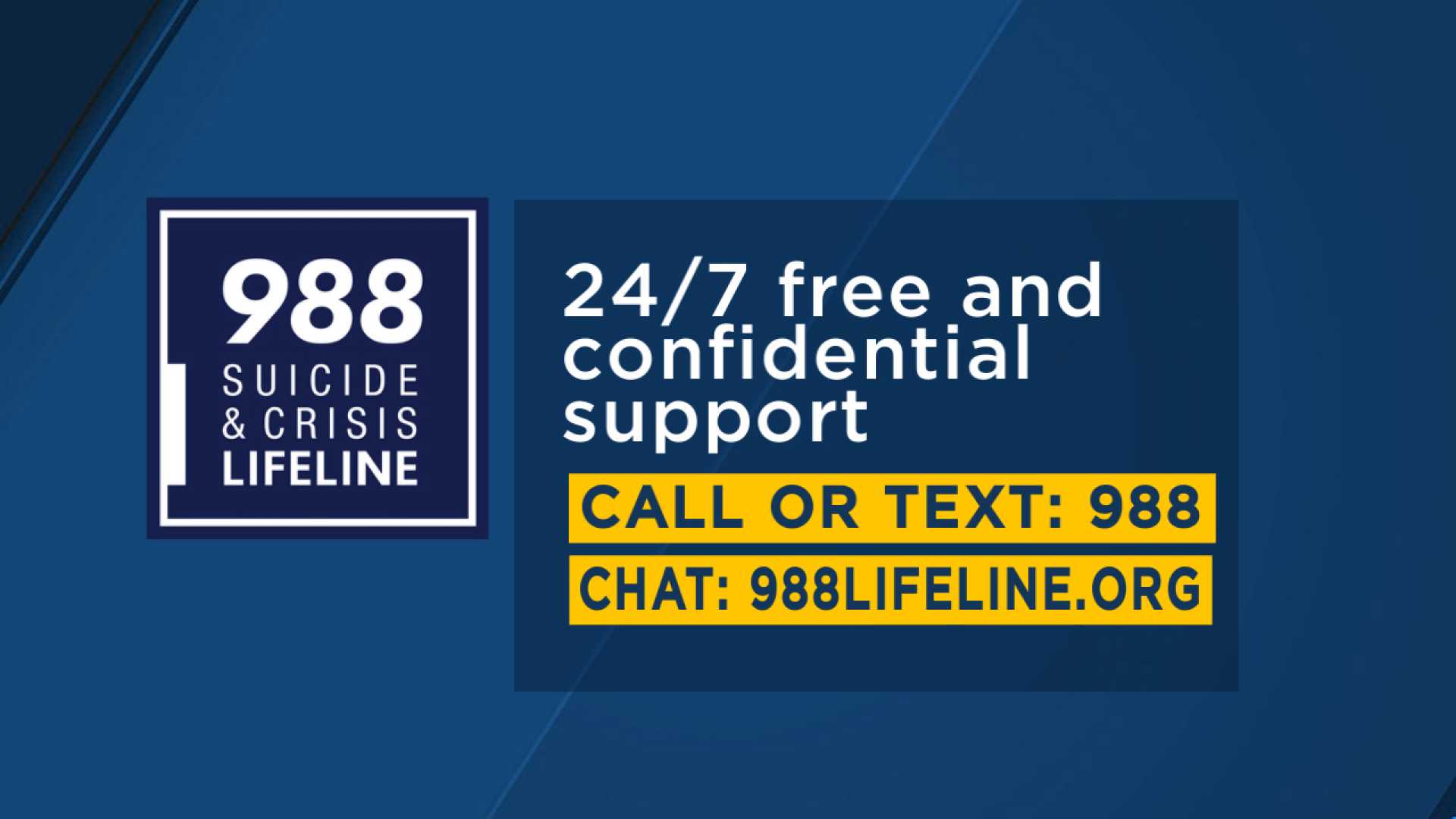Health
988 Lifeline Sees Increased Calls but Cuts LGBTQ Youth Service

Washington, D.C. — Three years after launching the 988 Suicide & Crisis Lifeline, call volumes are rising, but specialized options for LGBTQ youth are being eliminated. This change has sparked concern among advocates who say it jeopardizes critical support for vulnerable populations.
Dr. John Palmieri, the acting director of the Substance Abuse and Mental Health Services Administration (SAMHSA), reported a 20% increase in call, text, and chat volumes compared to the previous year. The Lifeline, which connects users to over 200 crisis centers, has answered more than 13 million contacts since its official launch on July 16, 2022.
“The transition to 988 has inspired local governments and healthcare providers to coordinate better crisis responses,” Palmieri shared in an email. However, recent cuts to federal funding have raised questions about the future of these improvements.
Despite an increase in calls, LGBTQ youth targeted services, such as the option to press ‘3’ for specialized care, were recently discontinued. This decision was made during Pride Month and came as a surprise to organizations like The Trevor Project, which had utilized this funding to effectively serve the community.
Mark Henson, the project’s Interim Vice President of Advocacy, stated, “The Press 3 option has supported more than 1.3 million youth in crisis since its launch. We have seen monthly contacts rise drastically.” He expressed concern that removing this service would neglect the unique challenges faced by LGBTQ youth.
Lawmakers have voiced opposition to the cuts, noting that the average number of contacts for the LGBTQ service was approximately 2,100 per day. A bipartisan group of Congressional representatives has articulated the pressing demand for this critical support.
Hannah Wesolowski, chief advocacy officer for the National Alliance on Mental Illness, mentioned that while there is proposed flat funding for 988, many in the advocacy community are worried about the staff reductions at SAMHSA, which may impact other vital services.
“This shut down can cause more harm than good,” Henson added. “Suicide prevention care needs to consider the experiences of youth.”
Despite these changes, SAMHSA assured that the Lifeline will continue its daily operations, emphasizing a commitment to helping those in distress and maintaining support for all help-seekers.












